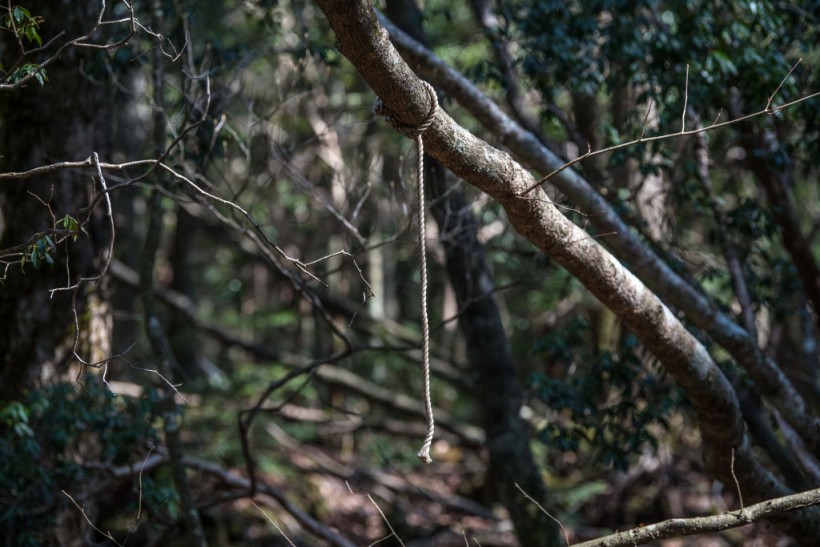There is a myth pertaining to the rise of seasonal suicide. As the rumor goes, over the holidays, everybody feels overwhelmed whether because they are with their family or because they have no one.
This presumption is incorrect. Fewer people take their lives in the holiday months. But the theory of the rise in suicides during the holidays continues, according to a recent study from the Annenberg Public Policy Center (APPC) at the University of Pennsylvania. The media and newspapers, in particular, are a huge culprit.
In 2015, November and December were the two lowest months in average suicide deaths per day, ranked 12th and 11th, respectively, according to statistics from the Centres for Disease Control and Prevention (CDC), while January was eighth. Rather than a suicide surge at the end of the year, average daily rates appear to increase in spring and summer, with the maximum average daily rates in 2015 in May, July, and March.
While suicide-related causes such as unemployment, financial burden, and social alienation have risen in the pandemic, there is no strong indication to date that the suicide rate has increased, so caution is required when commenting on this as discussed recently in The Lancet Psychiatry. In comparison, a report showed that suicide rates did not escalate after the lockout in March, April, and May. In high-income nations, including the United States, a BMJ editorial analyzing national suicide patterns during the early months of the pandemic found either no growth or a decrease in suicide rates.

FUJIKAWAGUCHIKO, JAPAN - MARCH 13: A rope remains tied to a tree at the scene of an apparent suicide in Aokigahara forest, on March 13, 2018 in Fujikawaguchiko, Japan. Aokigahara forest lies on the on the northwestern flank of Mount Fuji and in recent years has become known as one of the world's most prevalent suicide sites. The density of the forest is believed to be a contributing factor with people often tying string to trees to find their way back to a path in case they change their mind. In 2010, officials recorded more than 200 attempted suicides in the forest with attempts said to increase during the end of the Japanese fiscal year. In recent years, local officials have stopped publicising the numbers in an attempt to decrease Aokigahara's association with suicide.
Suicide: Myth And Media's Role
Those are cold, challenging details. The CDC also has a website dedicated to the theory being debunked. But since 1999, APPC has monitored the suicide hypothesis's press reports, compared the amount of media articles that uphold the myth to those in the Nexis archive that refuted it. Around 64 percent of newspaper articles connecting holidays and suicide perpetuated the theory last year during the 2016-17 holiday season, while 36 percent denied it. In other terms, about two-thirds of the reports repeated an entirely false point. The study did not contain reports from online-only sources, but stories found within the same period found common trends through Google searches for the exact keywords.
Unfortunately, last year wasn't an outlier. For the 18 years that APPC has monitored the problem, there have been just two years that the misconception was debunked by more than 60% of reports. Debunking reports prevailed in the two years leading to the most recent survey (although the break was almost even), only to see the turnaround of suicide-myth stories in 2016-2017.
"It's disappointing to see that this myth hasn't gone away," Dan Romer, research director of the APPC, said in a release.
The myth is also perpetuated by unchallenged quotations and statements, according to APPC. For example, the report cites a story from the Philadelphia Tribune that uses a quote from a man explaining why he dresses up as Santa Claus. The person, according to the report, used a Community Claus to meet friends and attract people. He said suicides are up at this time of year, noting that "people are lonely."
At this time of year, murders, again, are not up. It doesn't only leave us misinformed by repeating the myth: it may have real consequences on persons worrying about suicide. Romer said journalists, columnists and news reporters might mean well when they cite the myth of suicide. However, it doesn't encourage someone who might have suicidal thoughts to remind them that now is the time of year when people lose their lives. Analysis has found that this sort of knowledge may be detrimental, and guidelines for suicide monitoring argue against referencing unsubstantiated or misleading suicide trends.
Perpetuating the Holiday-Suicide Myth
One trend that also needs to stop is the perpetuation of the holiday-suicide story.
Romer noticed that this year's misleading tales mostly originated in smaller news sources. Unsupported statements made by community officials, columnists, and letters-to-the-editor authors were often portrayed in such stories.
According to Romer, news outlets often publish well-intentioned stories and features at this time of year designed to help people who find the holiday season emotionally difficult. However, he urged the outlets to "be careful" to prevent a false connection between the holiday or winter blues that some people experience and suicide.
NOTE: Help is available if you or someone you know is considering suicide. Please call 1-800-273-8255 to speak with someone now or text START to 741741 to message the Crisis Text Line.
ALSO READ: Coronavirus Survivors Twice as Likely to Develop Mental Disorders - Study
Check out more news and information on Medicine and Health on Science Times.














